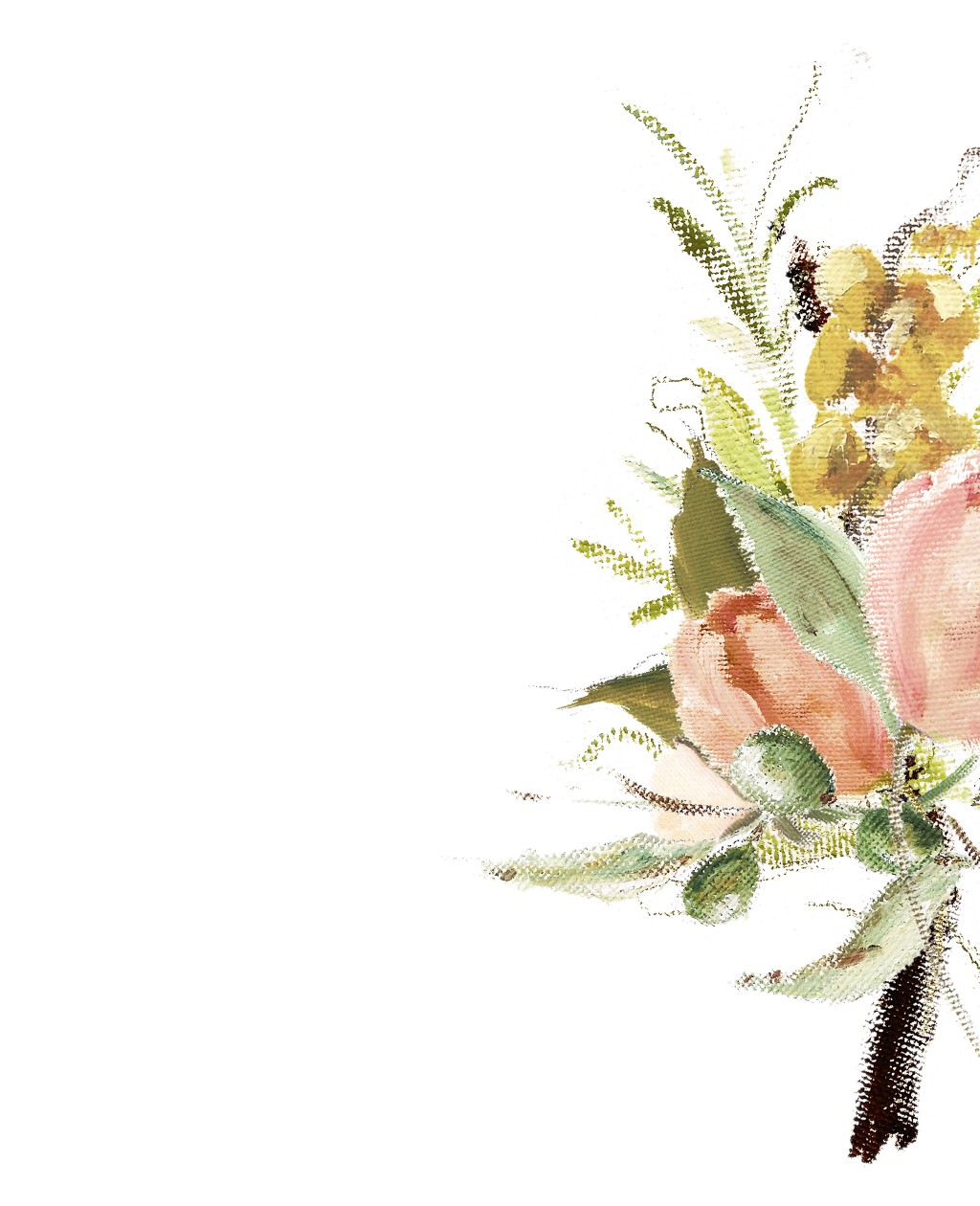Michael & Kate's Big Wedding Weekend!


Things To Do
Royal Crescent
The Royal Crescent is a row of 30 terraced houses laid out in a sweeping crescent in the city of Bath, England. It is among the greatest examples of Georgian architecture to be found in the United Kingdom and is a Grade I listed building.
The Roman Baths
Constructed in around 70AD as a grand bathing and socialising complex, the Roman Baths is one of the best-preserved Roman remains in the world, where 1,170,000 litres of steaming spring water, reaching 46°C, still fills the bathing site every single day. The Roman Baths is the site of extensive ruins and an interactive museum filled with many treasures and visual snippets that transport you back to Roman times and the lives of the Aquae Sulis people. Walk on ancient pavements as the Romans did 2,000 years ago, and explore chambers historically housing changing rooms and tepid plunge pools.
Sudeley Castle
A prominent landmark with more than 1000 years of royal history. Richard III used it as a base in the War of the Roses, it was one of Henry VIII’s royal residences, and his sixth wife Katherine Parr is buried here, and it was the venue for Queen Elizabeth I’s celebrations after defeating the Spanish Armada. Sudeley is a great spot for the kids (or adults that want to be kids!) - the outdoor area is home to an adventure play fort, with levels, slides, bridges and hideaway holes.
Birdland Park & Gardens
Nine acres of gardens and woodland home to a over 500 birds, from owls and waterfowl to flamingos and penguins.
Arlington Row, Bibury
Possibly the prettiest village in the whole of England. When visiting the Cotswolds, a trip to Arlington Row in Bibury is a must. William Morris described Bibury as ‘The most beautiful village in England’, and it is most definitely one of the most photographed. Constructed in the 14th century, this quaint row of stone cottages is as typically ‘Cotswolds’ as you can get.
Stow-on-the-Wold
Stow-on-the-Wold is a quintessentially English, historic town. With a reputation for having some of Britain’s best antique shops, Stow-on-the-Wold pretty much encompasses everything you might be after in a picture-perfect Cotswolds town. Small, cute and abundantly characterful, Stow-on-the-Wold was once known for its wool trade – its large Market Square once saw up to 20,000 sheep being sold at one time. Check out St Edwards Church, famous for the gorgeous north door, flanked by two ancient yew trees. It’s not hard to believe the rumour that this Fairytale-esque feature inspired Tolkien’s ‘Doors of Durin’ in Lord of the Rings. With a surprising number of superb delis and restaurants for such a small town, The Old Butchers is the local favourite. As the name suggests, it’s a former butchers and now restaurant, serving meat and seafood in equal measure.
Malmesbury
For those of you staying in the Old Bell Hotel, you will find yourself in the town of Malmesbury. Malmesbury Abbey is well worth a visit and is the burial place of the remains of Athelstan, the first King of England.